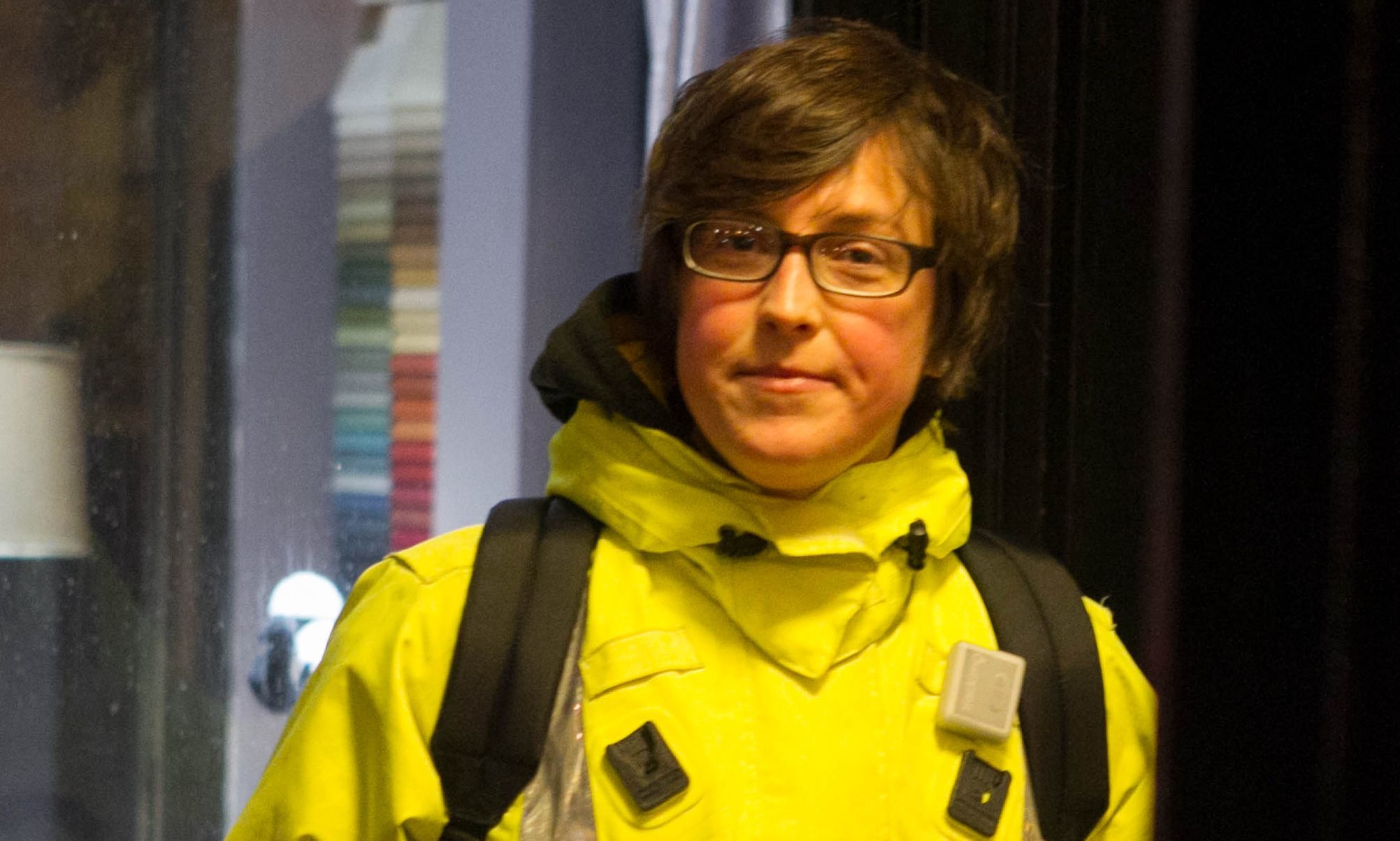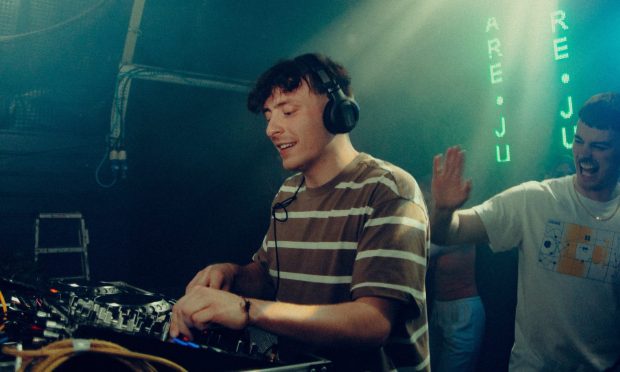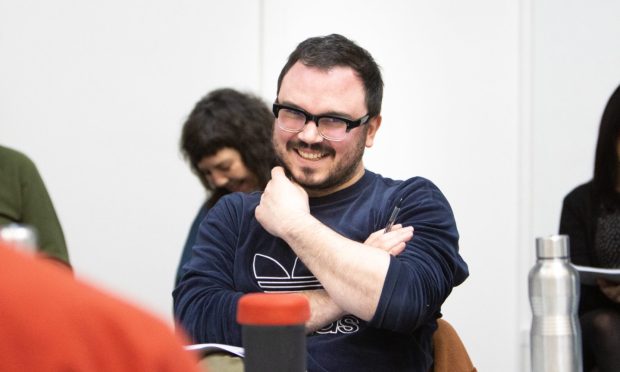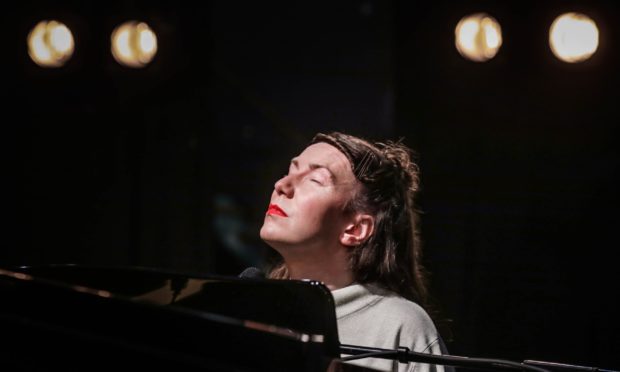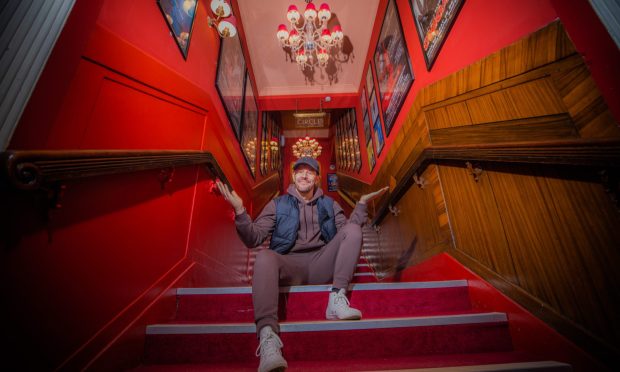Controversial Glasgow Effect artist Ellie Harrison has produced the first work of her year-long project – a rambling 4,500-word essay criticising higher education and research funding.
The Duncan of Jordanstone lecturer received a £15,000 grant from Creative Scotland to live and work within in Glasgow city boundaries for a year.
She has taken unpaid leave from the Dundee art college to complete the project.
Described as a “durational performance”, Ms Harrison claims The Glasgow Effect will explore how an artist’s career, social life, carbon footprint and mental health would be affected by staying in a single city for 12 months.
Now, after nearly five months’ work, Ms Harrison has revealed the first completed part of her project – a 4,500-word essay about what she claims are “problems that are endemic across the Higher Education sector”.
Defending The Glasgow Effect, Ms Harrison said she creates “spectacles” in order to get people’s attention but that she has not read online comments criticising the taxpayer-funded project.
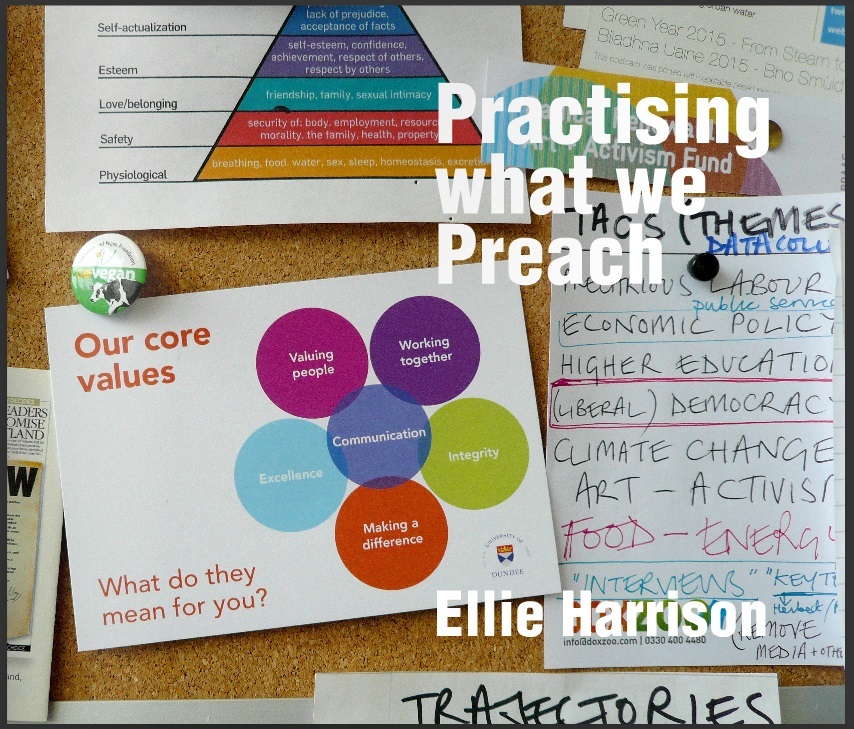
She told The Herald: “There was an anti-art, or an anti-artist thing running through it: I think people find it hard to imagine why someone would expose their own flaws, or draw attention to their own privilege, in order to raise questions about what is going on.”
“But that is the role of the artist: if you don’t have an ability for self-deprecation and to take the mickey out of yourself – and I am happy to do that.”
In her essay, Ms Harrison says The Glasgow Effect was borne out of the conflicting needs of research and teaching at a university.
In the preface, Ms Harrison states: “By exploiting the core contradiction in my own work-life (that I don’t live in the city where I teach), The Glasgow Effect made physical the invisible tensions which are experienced by colleagues across academia between their teaching and research.
“These are tensions which, as the project has already highlighted, are caused and exacerbated by the mechanisms used in Higher Education to finance, assess and account for research.”
Ms Harrison calls for universities to introduce a living wage and also a maximum wage for its senior staff in her essay.
She also says teaching time should be limited to four hours a day and staff should be given an hour every day to talk face-to-face with colleagues.
As well as writing an average of 900 words a month, Ms Harrison has also posted this time-lapse photo taken from the window of her Glasgow studio over a two-month period on her Facebook page on Monday.
She has also been trying to reduce her carbon footprint by travelling by bicycle.
